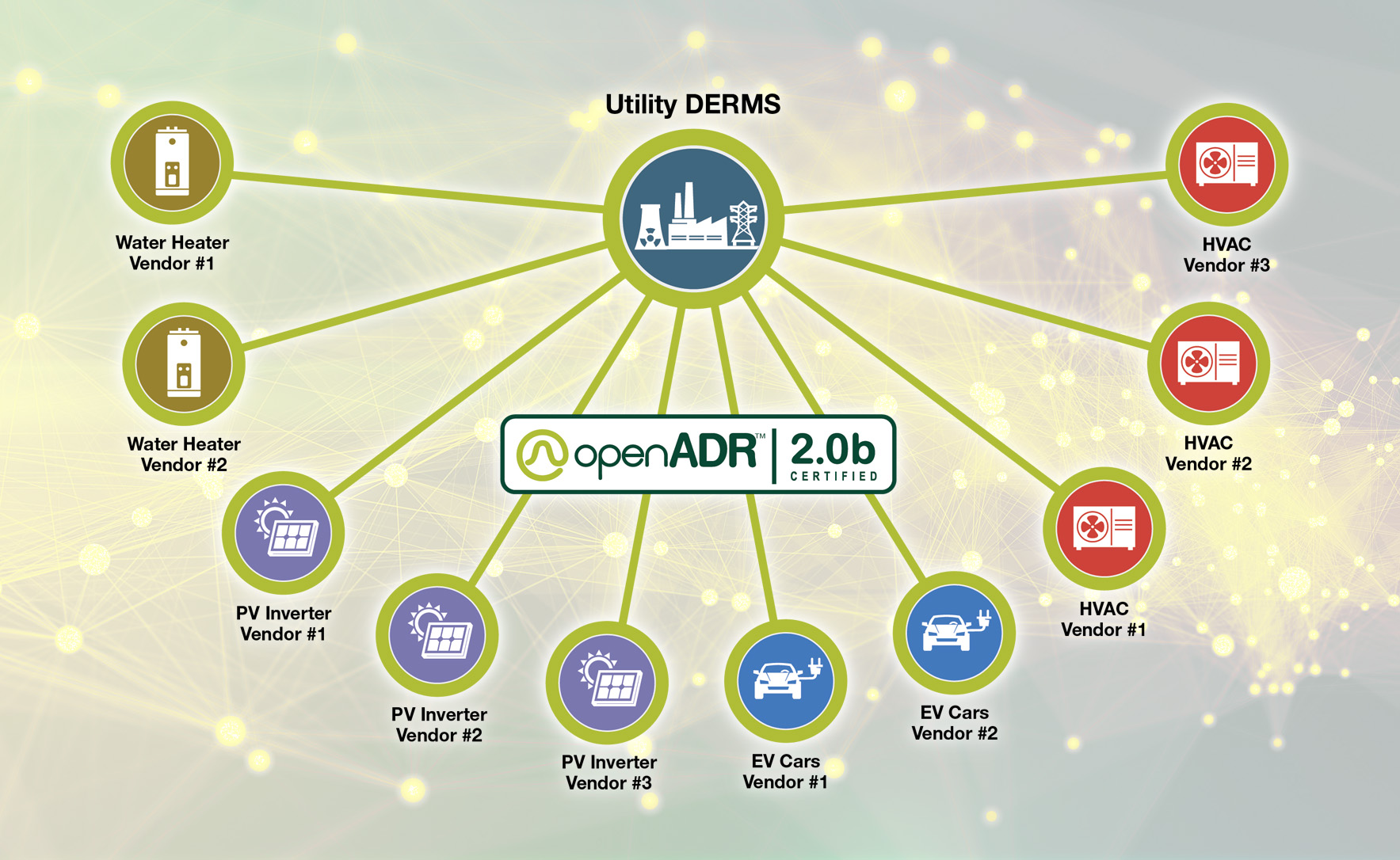OpenADR: A Game Changer in a Foreseeable Crisis
Wrap up and keep warm the motto for the upcoming winter months ahead in Europe. Natural gas is vital to most countries and today more than ever for Europe's economy. Europe is at the brink of an energy crisis, due to Russia limiting natural gas supplies as tensions continue to escalate over Ukraine. According to industry reports natural gas and electricity prices are estimated to be a 1,000% higher than the levels seen in the last decade.
Governments throughout Europe have been filling strategic oil and gas reserves, but energy prices remain high. Consumers across Europe were given an unwelcome warning that the winter ahead will be long, cold, and uncomfortable given challenges to global energy supplies.
Consumers were told to lower their thermostats accordingly and make all necessary behavior adjustments as the region faces a high risk to their global natural gas delivery networks. For instance the Paris-based International Energy Agency (IEA) said in its recent gas report European Union (E.U.) countries would need to reduce use by at least 13 percent over the winter in case of a complete Russian cutoff amid the war in Ukraine.
Also Germany and London have issued stark warnings about the pending troubles that are around the corner as there is a possibility these countries may run out of gas. It is critical that energy providers look for solutions to address this emergency with immediate response but also as part of an infrastructure improvement that is also climate friendly.
So you may be asking what can be done for a crisis lurking around the corner? OpenADR’s Flexibility in a Box looks to be the answer to help fulfill the need for rapid DR integration. The OpenADR Alliance defines OpenADR as a system “to automate and simplify DR and DER for the power industry with dynamic price and reliability signals that allow end users to modify their usage patterns to save money and optimize energy efficiency, while enhancing the effectiveness of power delivery across the Smart Grid. Cloud-based implementations have become the standard in today's IoT environment. Pros and cons of this can be debated but one aspect cannot be denied - implementation can happen almost over night. This is also true for basic demand response programs. Demand Response and Distributed Energy Resources management systems do not need to be directly incorporated into the grid control networks anymore. Cloud implementations can reside outside the utility firewalls and still serve an important purpose.
DRMS/DERMS Integration Demand Response Programs SaaS DR/DERMS Software Platforms can be deployed in weeks not months. But how you ask? According to OpenADR member IPKeys start small by rolling out a “Voluntary Demand Response” program first. This allows utilities to engage and enroll participants for voluntary load reduction commitments. This type of voluntary DR program can roll out in weeks not months and a utility can gauge the adoption patterns to influence future direct load control rollouts.
There is, however, a silver lining to be found in every crisis, and the current energy crisis is no exception. Flexibility in a Box allows utilities to act quickly using standards and OpenADR is a key component. No trials are needed and it is an opportunity to bring customers into the fold and play a key role in reducing energy usage. Be sure to visit the OpenADR Alliance booth G120 at Enlit Europe (Nov. 30-Dec 1) in Frankfurt, Germany to learn more about how OpenADR is creating the future of smart grid modernization today. To download the webinar recording on Flexibity in a Box please visit: https://attendee.gotowebinar.com/recording/2387901087588657934

